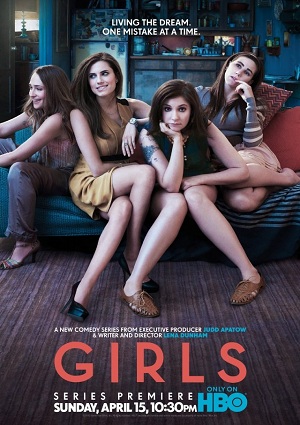Because this blog is also not just for the reference of the denizens of the Internet, but for my references as well (in case I want to go back to it later), I wanted to put in an update on what has gone down on, what I will call,
NightinGate.
And in that time, La Jolla Playhouse had a passionate
panel discussion (complete with an apology from Moises Kaufman), and
bloggers have
responded. The response, in my opinion, which stuck out the best was from writer
Han Ong, who posted on
Facebook about how a white face is supposed to be a proxy for universality, whereas a yellow face...
Let’s say you’re a colored person. You are inclined to go to the movies or to the theater. When the lights go down, your whole world shrinks to the few square feet in front of you, your attention on high alert. You’re looking to be entertained, moved; or as an aspiring creator yourself, you are looking to take instruction from the movie or play before you. The use of the word “instruction” is no accident. Spectatorship at movies and plays is really like going to school or like going to church. All your senses massed for engagement, absorption.
You go to movies and plays, too, because you’re on the market for a heroic proxy. Somebody up on screen or the stage who allows you to engage in the necessary fantasy of a grander life. Or a more witty life. Or a more poetic life. Before you return to your own life, which, like most lives, is just ... life-sized.
Colored people going to movies and plays and on the market for heroic proxies (and who doesn’t that cover?) have long learned to transfer their hopes and identifications to the white heroes presented before them. Because given the paucity of colored faces in movies and plays in general (much less colored faces in heroic roles), who else are you going to transfer those hopes and identifications to?
This business of heroic transference is like child’s play used to fulfill a very adult need: to be grander; always, more amplitude. Not shrunken, not limited -- please, not that.
So for two hours, you say: I am Tom Cruise. I am Bruce Willis. I am Sandra Bullock. I am Hamlet. I am the Duchess of Malfi. I am Algernon -- or wait, am I more Lady Bracknell?
White is the universal solvent.
Into a white face goes so many hopes and identifications. In white is black, brown, yellow, red.
You have learned that without knowing that you were learning that.
Decades, a lifetime of movie-going and play-going.
In white is the whole world itself: venal and kind, calculating and compassionate, galvanic and moribund, word-drunk and tongue-tied; in white is ingenue, lover, fighter, villain, protector, monarch.
****
The reverse has rarely been true.
An Asian man walks on stage and suddenly the machinery of heroic transference is stopped.
Yellow in America, it turns out, is no solvent of any kind.
I saw a play at Second Stage last week, in an ironic turn, "
Warrior Class," by
Kenneth Lin (which I had planned before NightinGate flew up). It is about a Chinese-American assemblyman trying to run for Congress, while sorting out the inevitable skeletons in his closet. And there's a line in it where
Nathan, who is vetting Julius Lee, says:
You got that Virginia Tech guy, you just had that guy in Oakland shooting everyone up. There was a doctor up at Yale. We had that guy up in Binghamton, shooting other immigrants. We had that guy in Minnesota shooting hunters in the forest... All these guys are wearing your face.
It's an unfortunate reality that when you see an Asian face on the stage and in life, you see a colored face, a foreign face, or as Han Ong says, "Yellow in America...is no solvent of any kind."
Steven Sater says that he wanted to make "Nightingale" a universal story, not "a story about Asian," and the only way to do so was with multiracial/colorblind casting, as if plays with an all-Asian cast are not universal. If that's the case, then "God of Carnage" or "August: Osage County" is really about white suburbanites bitching at each other.
I guess to close for now, let's see what happens in casting from this point on, and how "Nightingale" will live past La Jolla. But let me quote Uncle Ben in Spider-Man, in regards to casting: "With great power comes great responsibility." It's up to playwrights, directors and casting agents, those are the gatekeepers. The rest of us can only bitch. Loudly.
As for me, I'm hoping to not talk about race for a while (my boyfriend likes to point out Asian people on stage to me now). Hopefully, the next step will be less talking and more doing.






